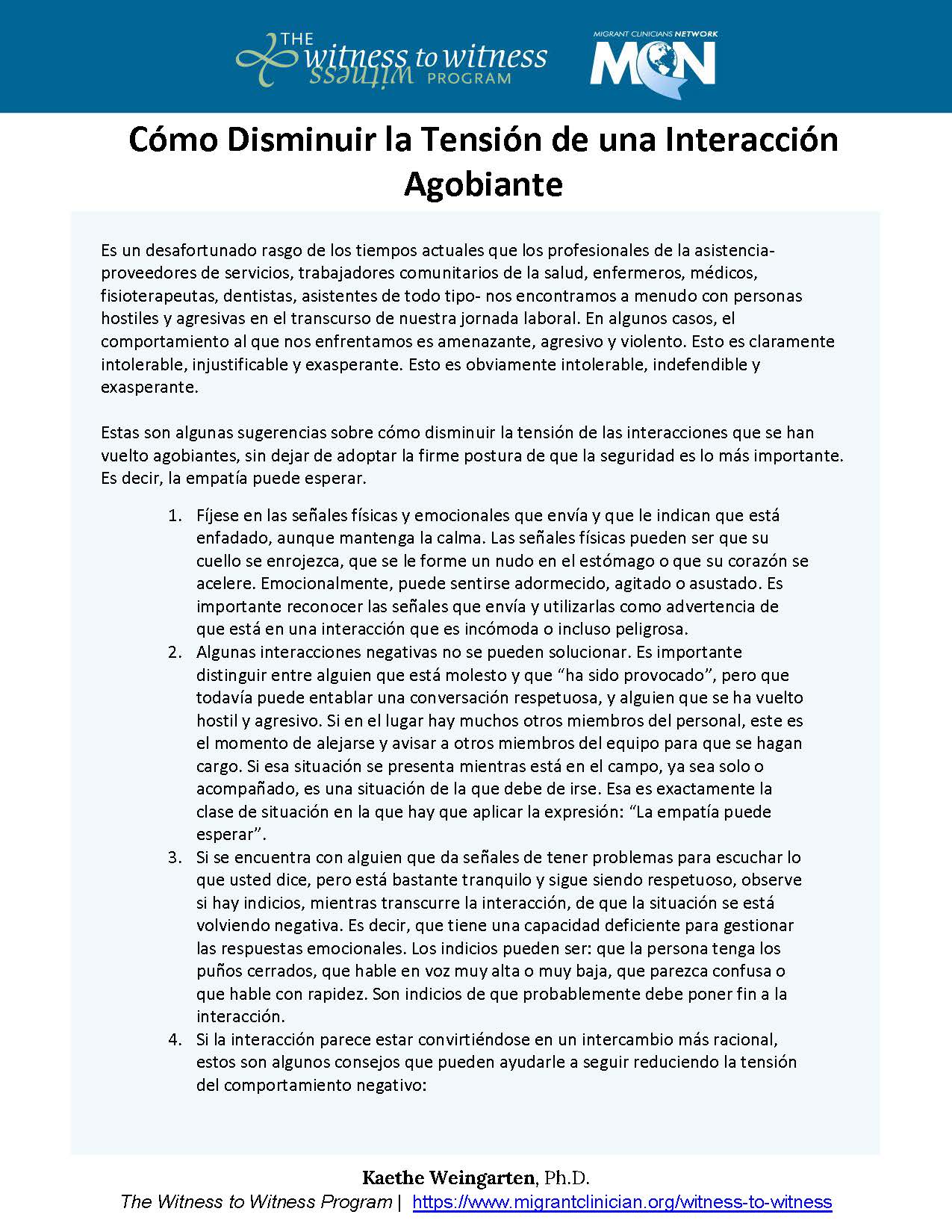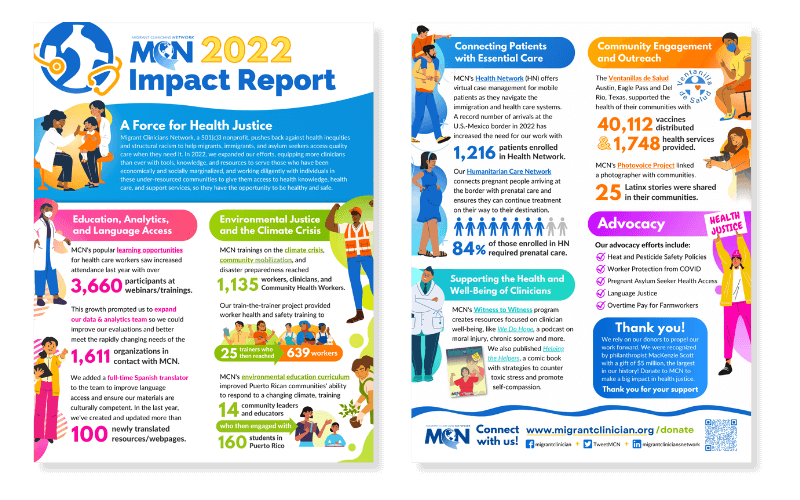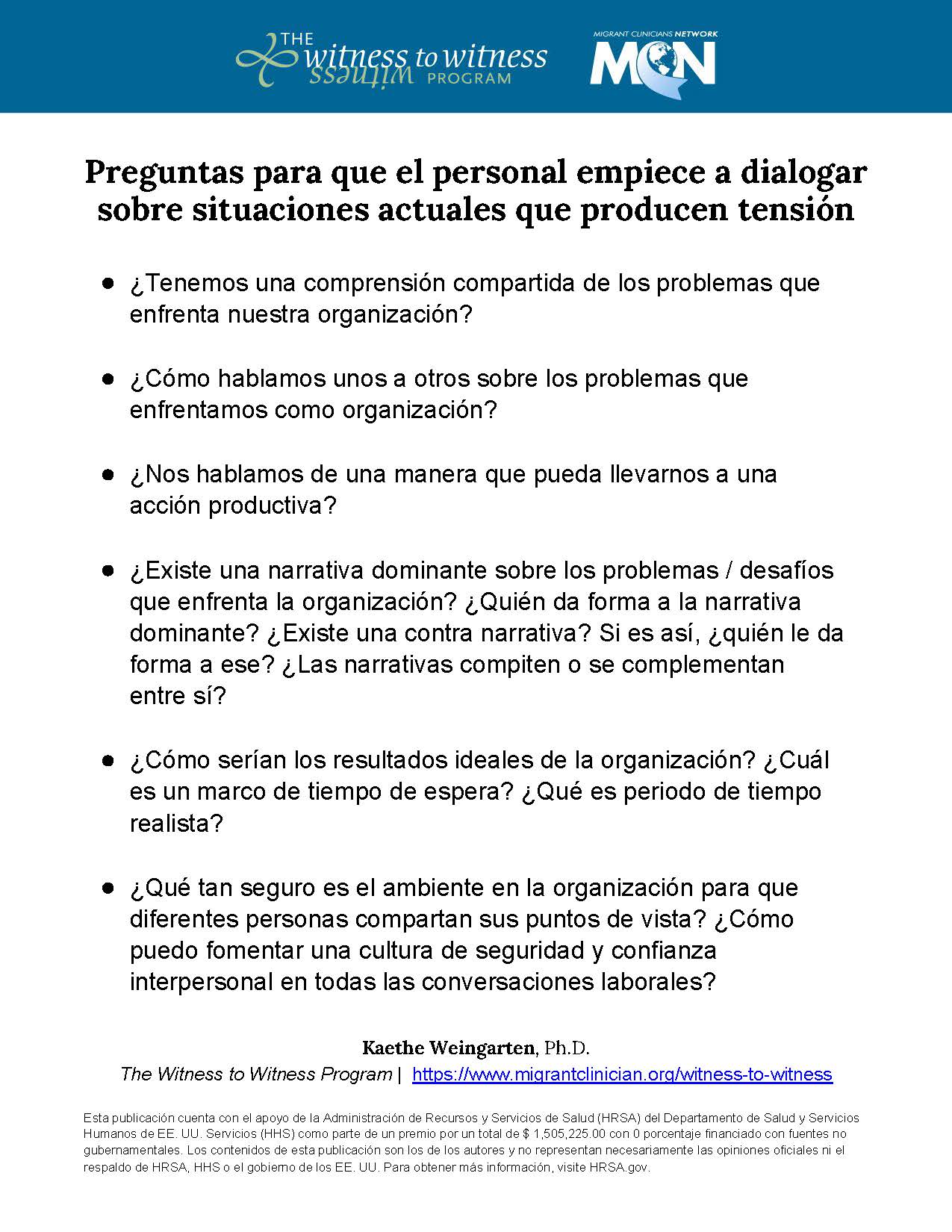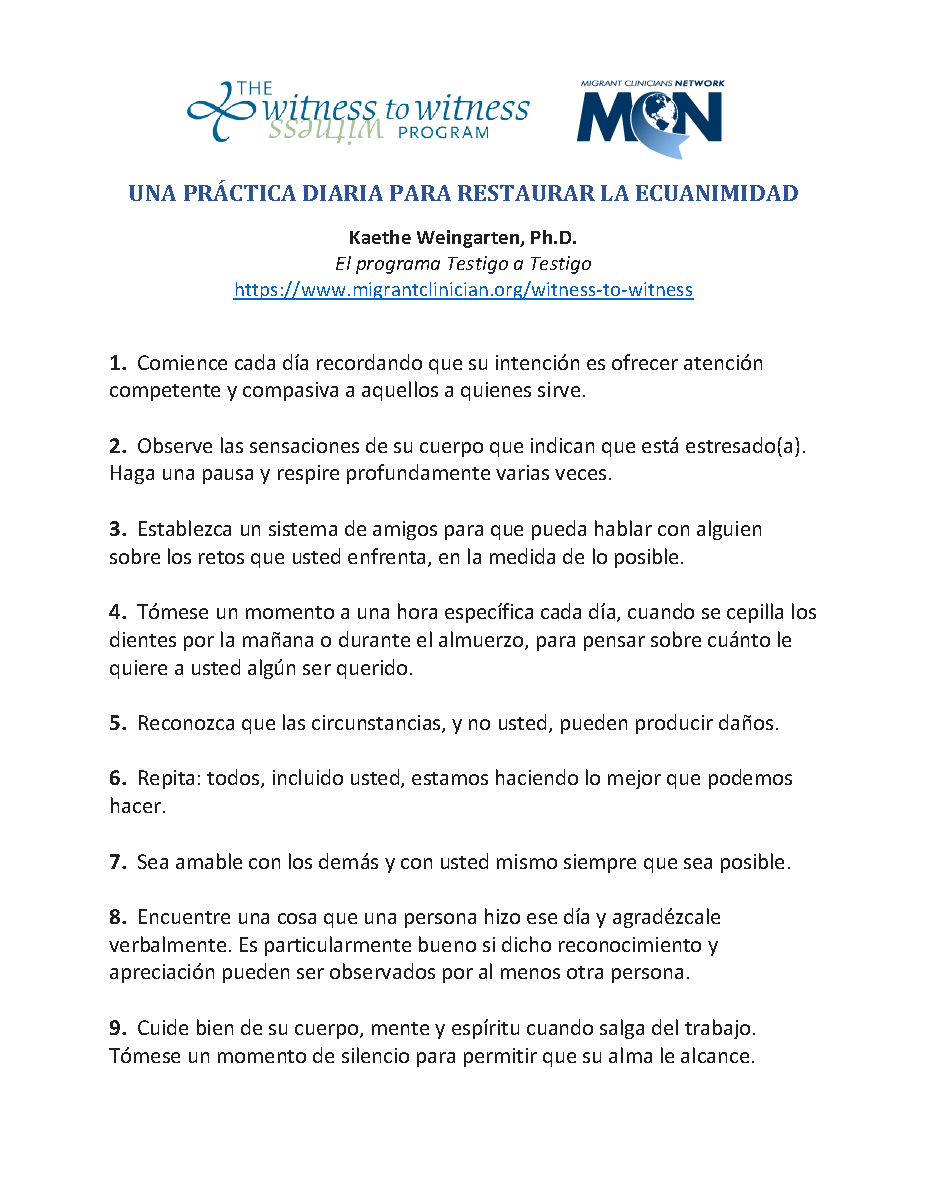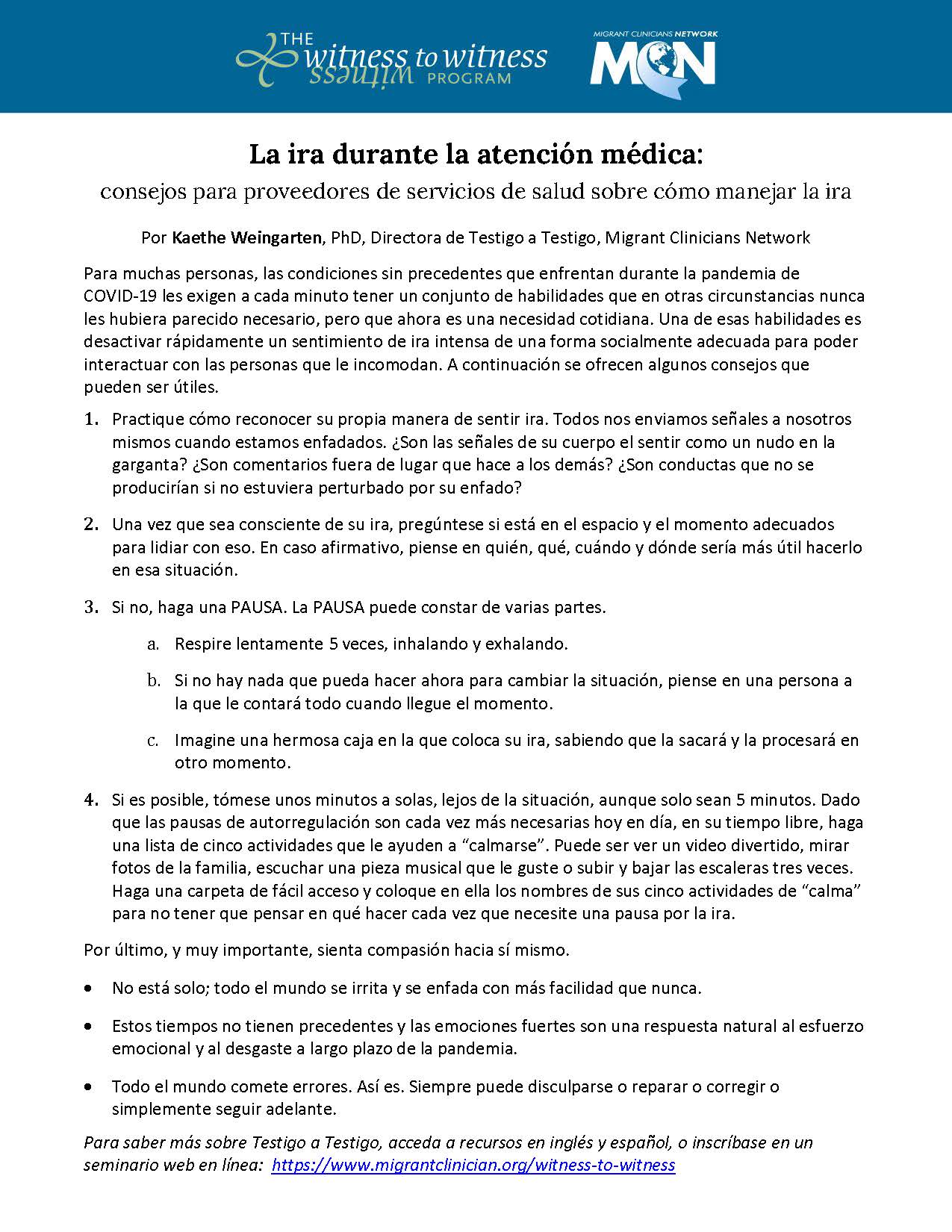This colorful vaccine calendar comic gives low-literacy information on vaccines and some information on why adults need immunizations, too. Available in high resolution to download and print into poster size.
- Adults-Get-Vaccinated-Too_Calendar_2024-3-12_Digital.pdf (601.42 KB)
- Adults-Get-Vaccinated-Too_Calendar_2024-3-12_Print.pdf (25.06 MB)
- 2024-5-9_Adults-Get-Vaccinated-Too-Calendar_Template.pdf (50.52 MB)
- Los-grandes-tambien-se-vacunan_calendario_2024-3-7_Digital.pdf (603.02 KB)
- Los-grandes-tambien-se-vacunan_calendario_2024-3-7_Imprimir.pdf (53.41 MB)
- 2024-5-9_Los-grandes-tambien-se-vacunan_calendario_Plantilla.pdf (50.06 MB)
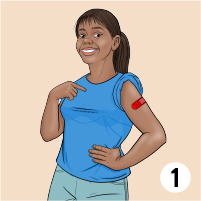
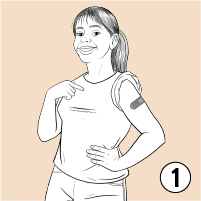
- 18 woman vaccinated.png (365.05 KB)
- Teen-Girl_Vaccinated.png (264.31 KB)
copy deeplink What to do if you see someone being harassed | COMIC
What to do if you see someone being harassed | COMIC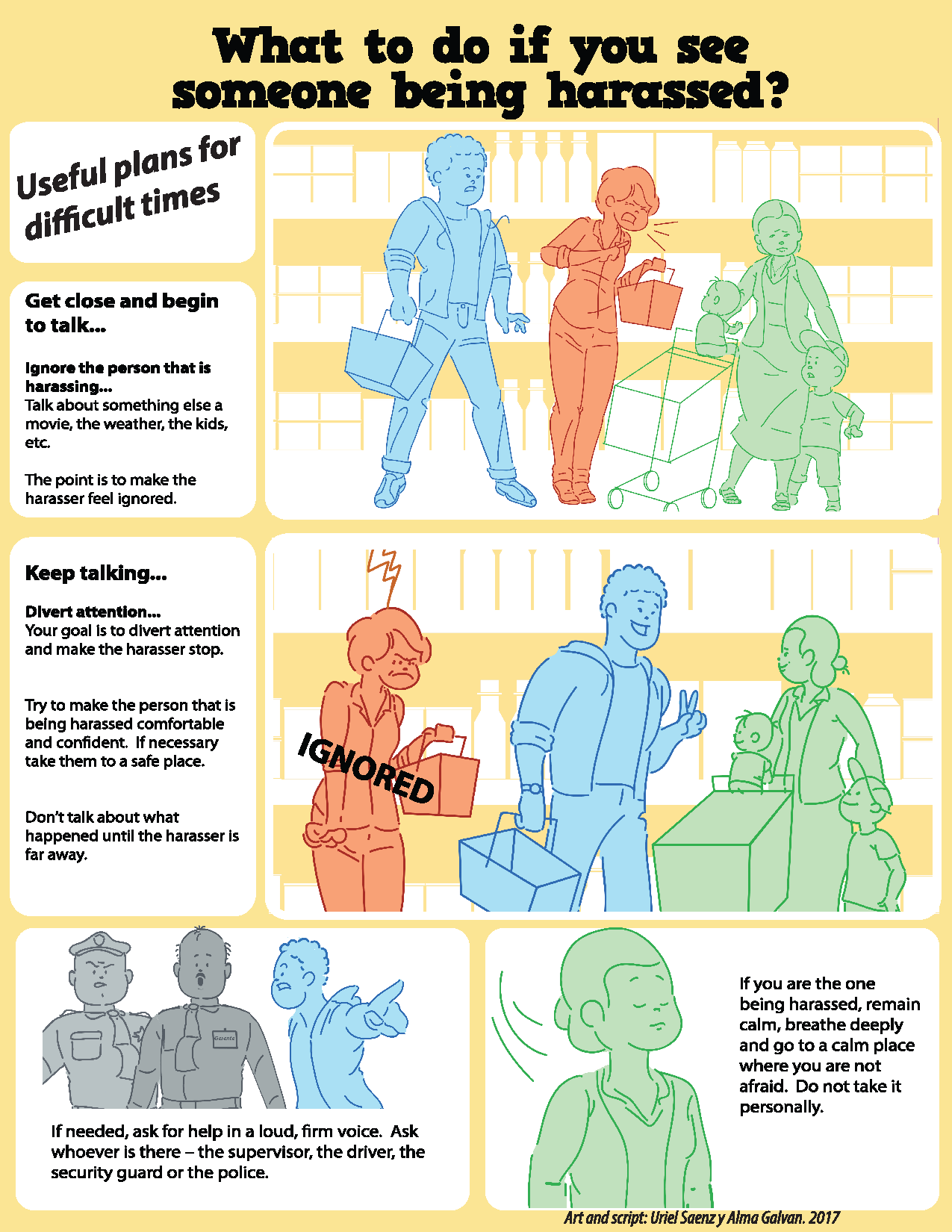
A guide to know how to react when you see someone being harassed. Art and script by Uriel Saenz and Alma Galván.
copy deeplink Worker Protection Standard Pesticide Safety Training Curriculum and Resources
Worker Protection Standard Pesticide Safety Training Curriculum and Resources
Worker Protection Standard Pesticide Safety Training Curriculum - Culturally and linguistically appropriate curriculum with supporting resources for training workers on the revised Worker Protection Standard. Developed by the Florida State University PISCA Project and Migrant Clinicians Network.
- WPS PesticidasEnglishFINAL4_2021Website.pptx (33.52 MB)
- WPS PesticidasSpanishFINAL4_2021_Website.pptx (19.67 MB)
- WPSPesticidesFlipChartFINAL_1_23_2020.pdf (8.32 MB)
- WPS Pesticide Facilitator Guide English 2020.pdf (2.03 MB)
- WPS Pesticide Training Facilitator Guide Spanish 2020.pdf (1.99 MB)
- Juan Abre los Ojos como protegerse de los pesticidas (01 14 2020)_0.pdf (7.25 MB)
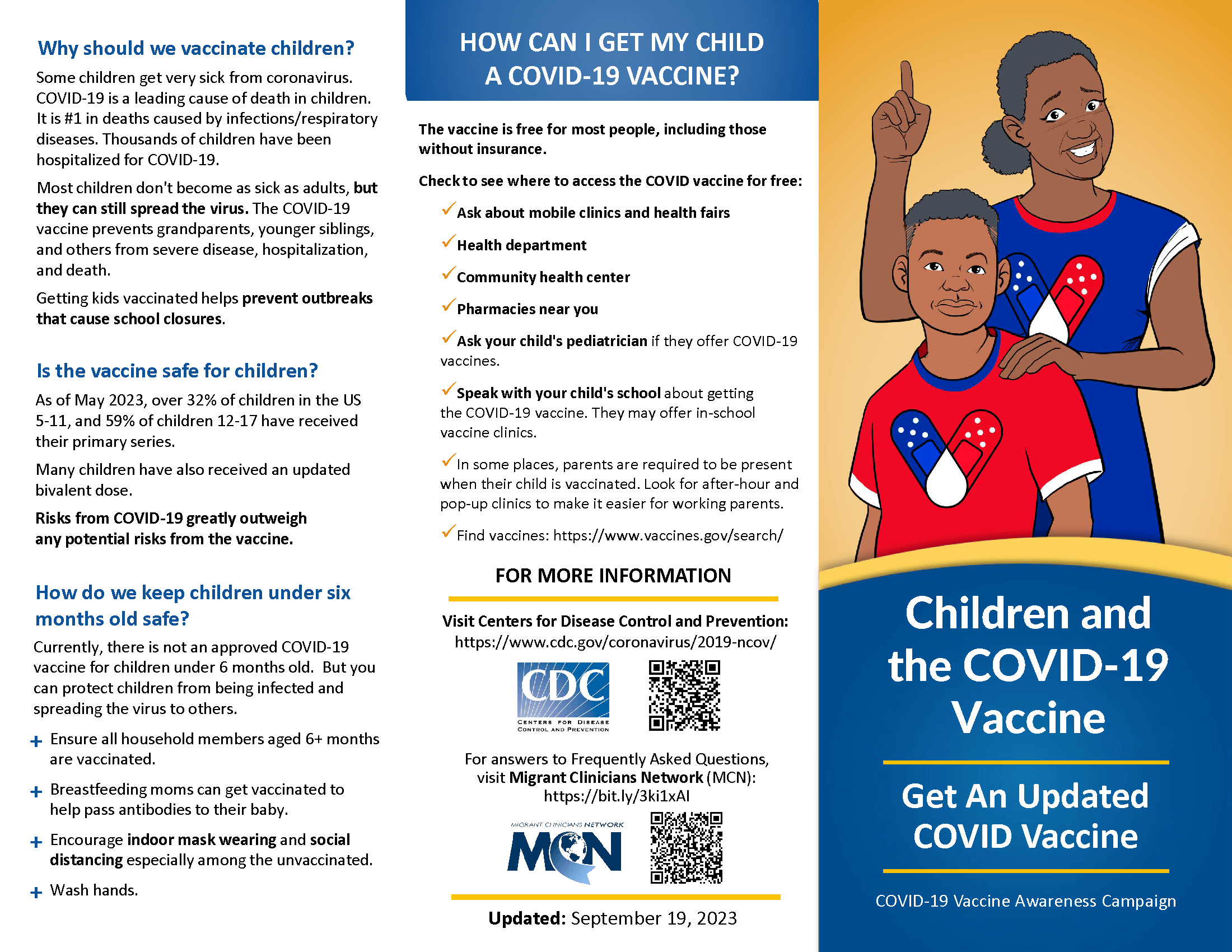
- 2023-10-05_Children-COVID-Vaccine-Trifold_Handout.pdf (634.67 KB)
- 2023-10-05_Children-COVID-Vaccine-Trifold_Handout_Template.pptx (6.62 MB)
- 2023-10-05_Niños-COVID-Vacuna-Tríptico_Material-de-apoyo.pdf (642.69 KB)
- 2023-10-05_Niños-COVID-Vacuna-Tríptico_Material-de-apoyo_Plantilla.pptx (4.24 MB)
- 2023-10-5_Modèl_depliyan_sou-vaksen-COVID-pou Timoun.pdf (606.96 KB)
- 2023-10-5_Modèl_depliyan_sou-vaksen-COVID-pou Timoun.pptx (4.23 MB)
copy deeplink COVID-19 Vaccine Awareness Campaign: Posters
COVID-19 Vaccine Awareness Campaign: Posters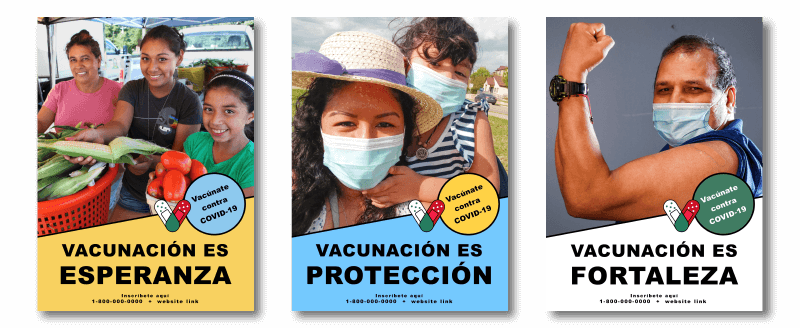
- SPA_Vacunacion_es_Proteccion_COVID19_poster_grande_08_24_2021.pptx (1.65 MB)
- SPA_Vacunacion_es_Esperanza_COVID19_poster_grande_08_24_2021.pptx (750.63 KB)
- SPA_Vacunacion_es_Fortaleza_COVID19_poster_grande_08_24_2021.pptx (835.42 KB)
- ENG_Love_HaitianCreole_COVID19-Vaccine_large-poster_8_6_2021.pptx (1.2 MB)
- ENG_Hope_HaitianCreole_COVID19-Vaccine_large-poster_8_6_2021.pptx (2.15 MB)
- ENG_Strength_HaitianCreole_COVID19-Vaccine_large-poster_Template_8_6_2021.pptx (825.2 KB)
- ENG_Protection_English_COVID19-Vaccine_large-poster_Template_USFlag_8_6_2021.pptx (1.75 MB)
- ENG_Love_English_COVID19-Vaccine_large-poster_Template_USFlag_8_6_2021.pptx (1.13 MB)
- ENG_Hope_English_COVID19-Vaccine_large-poster_Template_USFlag_8_6_2021.pptx (2.42 MB)
- ENG_Strength_English_COVID19-Vaccine_large-poster_Template_USFlag_8_6_2021.pptx (934.69 KB)
- Protection-Poster_Maryland_Spanish-2_Editable_7-13-21.pdf (12 MB)
- Hope-Poster_Maryland_Spanish-2_Editable_7-13-21.pdf (14.73 MB)
- Hope-Poster_Spanish-3_Editable_7-13-21.pdf (931.78 KB)
- Hope-Poster_Spanish_Editable_7-13-21.pdf (972.53 KB)
- Strength-Poster_Spanish_Editable_7-13-21.pdf (851.6 KB)
- Love_Poster_Creole_1_Editable_MCN_.pdf (11.26 MB)
- Love_Poster_Creole_2_Editable_MCN.pdf (12.56 MB)
- Hope_Poster_Creole_1_Editable_MCN_1.pdf (14.05 MB)
- Hope_Poster_Creole_2_Editable_MCN.pdf (6.85 MB)
- Strength_Poster_Creole_2_Editable_MCN.pdf (11.89 MB)
- Strength_Poster_Creole_1_Editable_MCN_.pdf (12.21 MB)
copy deeplink What is Mpox? Prevention & Recommendations
What is Mpox? Prevention & Recommendations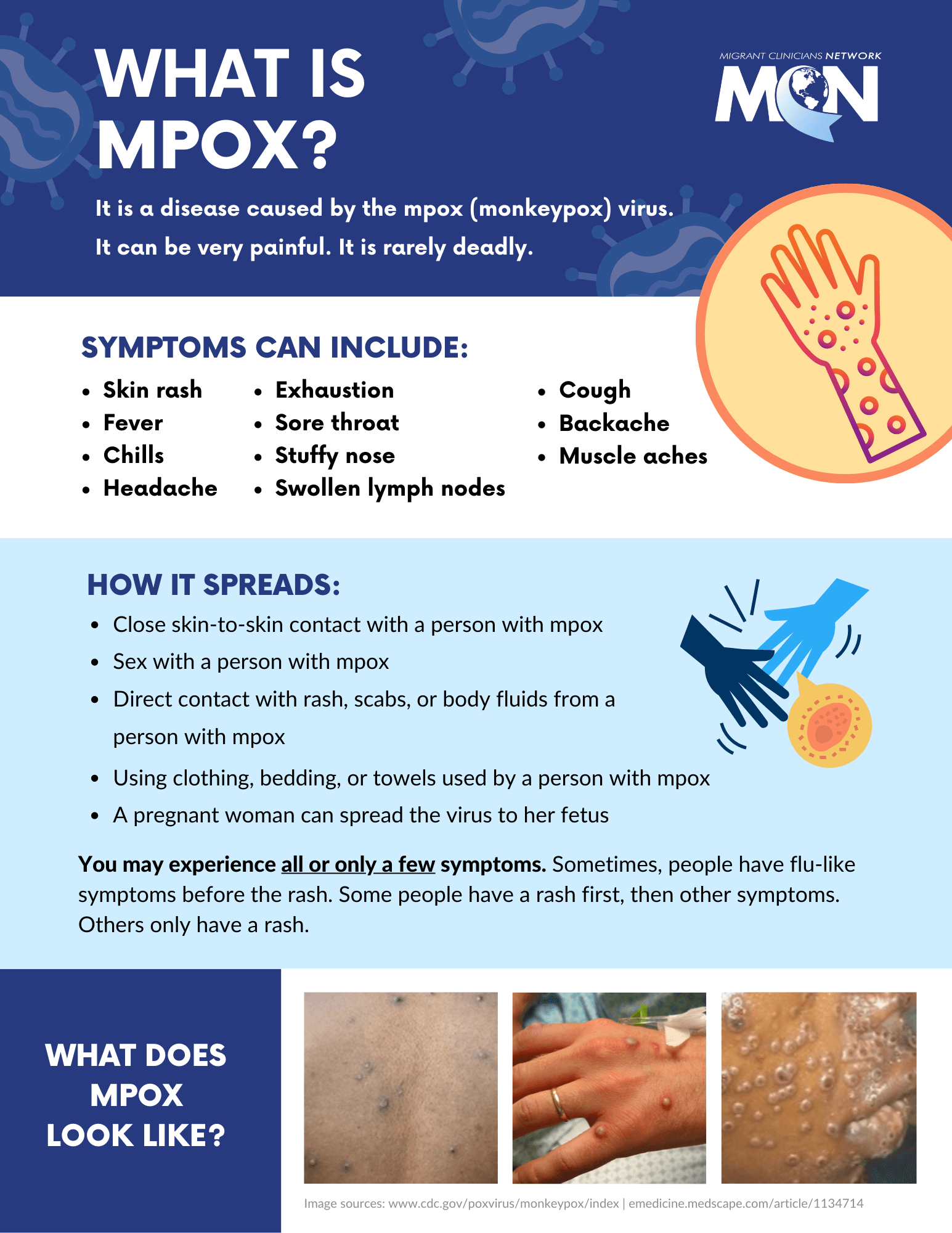
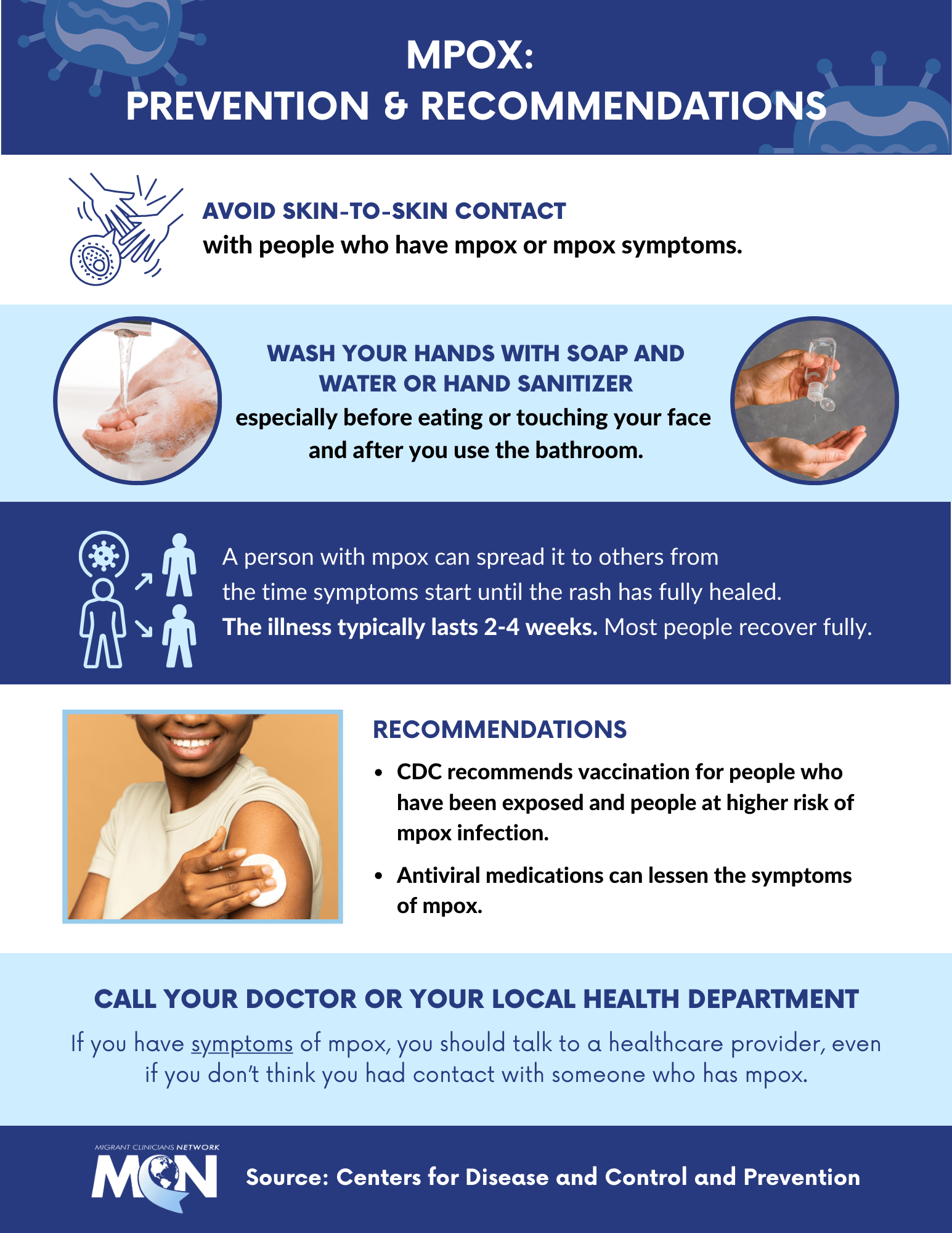
- 2022-9-6_Viruela-del-mono-Prevencion+Recomendaciones_imagen.png (193.95 KB)
- 2023-1-26_What-is-Mpox_Handout.pdf (1.26 MB)
- 2023-1-26_What-is-Mpox_Image.png (207.81 KB)
- 2023-1-26_Mpox-Prevention-and-Recommendations_Handout.pdf (1.11 MB)
- 2023-1-26_Mpox-Prevention-and-Recommendations_Image.png (194.02 KB)
- 2023-1-26_Que-es-Mpox.pdf (1.26 MB)
- 2023-1-26_Que-es-Mpox_Imagen.png (223.59 KB)
- 2023-1-26_Mpox-Prevencion-y-Recomendaciones.pdf (1.11 MB)
- 2023-1-26_Mpox-Prevencion-y-Recomendaciones_Imagen.png (197.04 KB)
copy deeplink 1999-2013 United States Cancer Statistics Report
1999-2013 United States Cancer Statistics ReportThe 1999–2013 United States Cancer Statistics (USCS): Incidence and Mortality Web-based Report includes the official federal statistics on cancer incidence from registries that have high-quality data, and cancer mortality statistics. It is produced by the Centers for Disease Control and Prevention (CDC) and the National Cancer Institute (NCI). This report shows that in 2013, 1,536,119 Americans received a new diagnosis of invasive cancer, and 584,872 Americans died of this disease (these counts do not include in situ cancers or the more than 1 million cases of basal and squamous cell skin cancers diagnosed each year).
This year’s report features information on invasive cancer cases diagnosed during 2013, the most recent year of incidence data available, among residents of 49 states, six metropolitan areas, and the District of Columbia—geographic areas in which about 99% of the U.S. population resides. Incidence data are from CDC’s National Program of Cancer Registries (NPCR) and NCI’s Surveillance, Epidemiology, and End Results (SEER) Program. Data from population-based central cancer registries in these states and metropolitan areas meet the criteria for inclusion in this report.
The report also provides cancer mortality data collected and processed by CDC’s National Center for Health Statistics. Mortality statistics, based on records of deaths that occurred during 2013, are available for all 50 states and the District of Columbia.
The report also includes incidence rates and counts for Puerto Rico for 2009 through 2013 by sex and age, as well brain tumor and childhood cancer data.
USCS data are presented in the following applications—
- https://nccd.cdc.gov/uscs/?s_cid=govD_USCS2013_1
- http://links.govdelivery.com/track?type=click&enid=ZWFzPTEmbWFpbGluZ2lkPTIwMTYwNzA2LjYxMjE2OTcxJm1lc3NhZ2VpZD1NREItUFJELUJVTC0yMDE2MDcwNi42MTIxNjk3MSZkYXRhYmFzZWlkPTEwMDEmc2VyaWFsPTE3MDg5NzQwJmVtYWlsaWQ9dGx5b25zQG1pZ3JhbnRjbGluaWNpYW4ub3JnJnVzZXJpZD10bHlvbnNAbWlncmFudGNsaW5pY2lhbi5vcmcmZmw9JmV4dHJhPU11bHRpdmFyaWF0ZUlkPSYmJg%3D%3D&101=&https%3A%2F%2Fnccd_cdc_gov%2Fuscs%2F%3Fs_cid=govD_USCS2013_2
- http://links.govdelivery.com/track?type=click&enid=ZWFzPTEmbWFpbGluZ2lkPTIwMTYwNzA2LjYxMjE2OTcxJm1lc3NhZ2VpZD1NREItUFJELUJVTC0yMDE2MDcwNi42MTIxNjk3MSZkYXRhYmFzZWlkPTEwMDEmc2VyaWFsPTE3MDg5NzQwJmVtYWlsaWQ9dGx5b25zQG1pZ3JhbnRjbGluaWNpYW4ub3JnJnVzZXJpZD10bHlvbnNAbWlncmFudGNsaW5pY2lhbi5vcmcmZmw9JmV4dHJhPU11bHRpdmFyaWF0ZUlkPSYmJg%3D%3D&102=&https%3A%2F%2Fnccd_cdc_gov%2FDCPC_INCA%2F%3Fs_cid=govD_USCS2013_3
- http://links.govdelivery.com/track?type=click&enid=ZWFzPTEmbWFpbGluZ2lkPTIwMTYwNzA2LjYxMjE2OTcxJm1lc3NhZ2VpZD1NREItUFJELUJVTC0yMDE2MDcwNi42MTIxNjk3MSZkYXRhYmFzZWlkPTEwMDEmc2VyaWFsPTE3MDg5NzQwJmVtYWlsaWQ9dGx5b25zQG1pZ3JhbnRjbGluaWNpYW4ub3JnJnVzZXJpZD10bHlvbnNAbWlncmFudGNsaW5pY2lhbi5vcmcmZmw9JmV4dHJhPU11bHRpdmFyaWF0ZUlkPSYmJg%3D%3D&103=&https%3A%2F%2Fnccd_cdc_gov%2FStateCancerFacts%2F%3Fs_cid=govD_USCS2013_4
copy deeplink Heat-Related Illness Clinician’s Guide - June 2021
Heat-Related Illness Clinician’s Guide - June 2021
Agricultural workers are at significant risk for heat stress. Heat stress results when the body cannot get rid of excess heat and its core temperature rises. Heat stress may lead to more severe heat illness including heat exhaustion, heat cramps, heat stroke, and even death if left untreated. Agricultural work, which requires performing physically demanding work for long hours in hot and sometimes humid weather, places workers at high risk.
This guide provides information to clinicians on the prevention and treatment of heat-related illness. Since workers may not be familiar with all of the symptoms of heat stress, it is important that clinicians discuss heat illness symptoms and prevention with agricultural workers and others who are at risk.
This joint FJ and MCN publication was supported by the Health Resources and Services Administration (HRSA) of the U.S. Department of Health and Human Services (HHS) as part of awards totaling $1,949,598 with 0% financed with non-governmental sources. The contents are those of the authors and do not necessarily represent the official views of, nor an endorsement by, HRSA, HHS, or the U.S. Government. For more information, please visit HHS.gov.
- 2021_Heat-Stress_Clinicians-Guide_0.pdf (1.02 MB)
